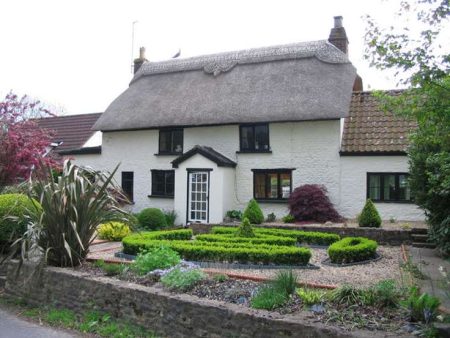Say the word pearl and what comes to mind? We bet you’re thinking of a milky white, lustrous perfect sphere. These are traditional pearls and the type that has been highly coveted by pearl lovers the world over. Perfection has always been key when it comes to pearls.
Enter baroque pearls.
These are imperfect pearls of irregular shapes and sizes, with dented and uneven surfaces. They often exhibit beautiful luster and colors.
Interestingly, the imperfections aren’t seen as flaws when it comes to baroque pearls. Rather, they are celebrated for their uniqueness. No two baroque pearls will be exactly alike and every piece of jewelry that utilizes baroque pearls showcases something different.
Have a look at this beautiful pair of classical pearl studs. Gorgeous as they are, they don’t stand out as being particularly unique and would be chosen for their perfection.
Now compare that with these earrings featuring baroque pearls. Unlike traditional pearls, these pearls all look a little different in shape, size and luster.
This is probably why baroque pearls have been rising in popularity lately. They allow you to showcase your personality and stand out as unique from the crowd. They are non-conformist and a modern alternative to the classic pearl.
What Type of Pearls are Baroque?
Baroque refers to all pearls that aren’t perfect spheres. In other words, if it isn’t perfectly round, it is considered a baroque pearl.
The most common type of baroque pearls are freshwater pearls, with over 90% of these coming in various shapes. In other words, there are more baroque pearls than there are perfectly round pearls.
However, you can find baroque shapes in all varieties of pearls, such as South Sea, Tahitian and even Akoya pearls which are known for being perfectly round.
Types of Baroque Pearls
Baroque pearls come in a variety of shapes from tiny to large. In fact, there are over 12 main types of baroque pearls to choose from, including Keshi, twin, potato, coin, baroque and rice pearls. Not all of these are equally sought after in jewelry, with some being more valued for their pearlescence, shape and luster.
Baroque Pearls
While baroque pearls refer to all non-spherical pearls, the term also refers specifically to pearls that are round and long, with interesting dips and dents around the surface.
Keshi Pearls
Keshi pearls are the rarest variety of baroque pearls and are long and lustrous in appearance, as featured in this bracelet. Keshi pearls occur when the nucleus is rejected by the mollusk, but the pearl continues to grow without a nucleus, resulting in the elongated shape.
Coin Pearl
As the name implies, coin pearls are flat and round, making for intriguing jewelry. They are lustrous and have an intriguing texture.
Potato Pearls
The name might not sound glamorous, but potato pearls are beautiful, lumpy and large pearls that generally have good luster and body tone.
Teardrop Pearls
Teardrop pearls are shaped like, you guessed it, teardrops. They’re perfect for necklaces or earrings as they hang down daintily.
BIWA pearls
BIWA, also known as stick pearls, are dramatic in that they’re very thin and long pearls, unlike any other pearl variety. They make for eye-catching earrings and statement pendants.
Rice Pearls
Resembling tiny grains of rice, this type of pearl is small and elongated, with an uneven surface. They’re perfect in clusters or worn in layers.
When choosing your jewelry with misshapen pearls, examine the piece carefully to see if the shape and style of the pearls are what you are seeking. If purchasing online, it is important to buy from a site that shows you high quality images of the piece.
If you are interested in baroque pearl jewelry, you can get a good price from JewelryKg.
If you are interested in wholesale jewelry sold by the kilogram, it is better to find out through Jewelrykg.
(Use promo code for an insider price: YG5VJSMU)





